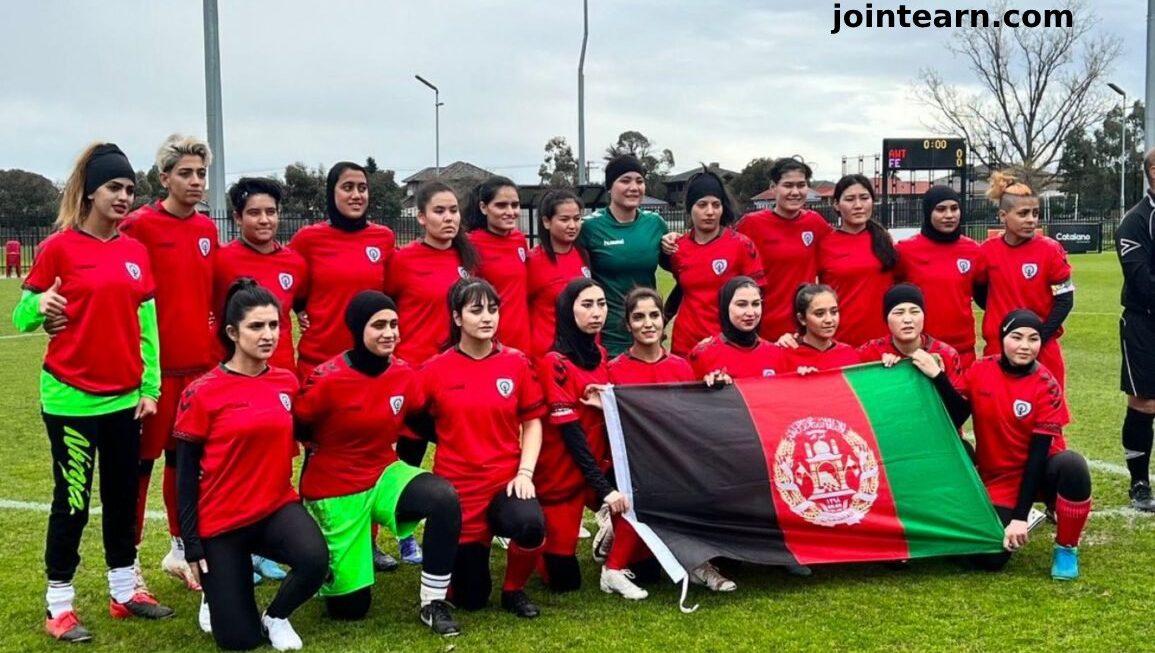The FIFA Women’s World Cup will expand from 32 to 48 teams, starting with the 2031 edition in the United States, following approval from the FIFA Council. This historic decision, confirmed by sources familiar with the meeting, aligns the women’s tournament with the men’s World Cup, which will also feature 48 teams in the 2026 edition hosted by the U.S., Canada, and Mexico.
The current 32-team format, implemented for the 2023 Women’s World Cup in Australia and New Zealand, marked a significant leap from the previous 24-team tournament. The 2023 edition, won by Spain, showcased heightened global competitiveness, with teams from all confederations securing victories, and five confederations reaching the knockout stages.
FIFA President Gianni Infantino emphasized that the expansion isn’t just about more teams participating; it’s about fostering growth in women’s football globally. “This decision ensures we are maintaining the momentum in terms of growing women’s football globally,” said Infantino. He also highlighted that the 2023 World Cup set a new standard for the competition’s global reach.
The FIFA expansion plans aim to provide more opportunities for nations to benefit from the tournament, supporting the development of women’s football structures worldwide.
FIFPRO, the global players’ union, welcomed the decision but stressed the importance of inclusive decision-making. “It is critical that the global development of women’s competitions goes hand in hand with improved labor conditions and the advancement of players,” said the organization.
The 2031 Women’s World Cup is expected to see the U.S. co-hosting with Mexico, which had previously withdrawn its bid for the 2027 tournament in favor of 2031. While the U.K. is also vying for the 2035 edition, U.S. Soccer and the Mexican Soccer Federation have committed to their joint bid for 2031, with potential Concacaf partners possibly involved.
However, expanding to 48 teams also presents challenges. Commercial opportunities abound, with more games leading to higher revenues, increased attendance, and larger media rights deals. Yet, this growth also raises concerns about maintaining the tournament’s accessibility and quality.
The Under-20 Women’s World Cup, currently featuring 24 teams, may also need to be adjusted to align with the new senior competition. This logistical challenge will be critical as FIFA ensures the development of youth competitions to match the growth of the senior tournament.
The 48-team expansion is poised to reshape the FIFA Women’s World Cup, offering unparalleled growth for women’s football, but it will also require continued focus on ensuring the sustainability and quality of the competition at all levels.











